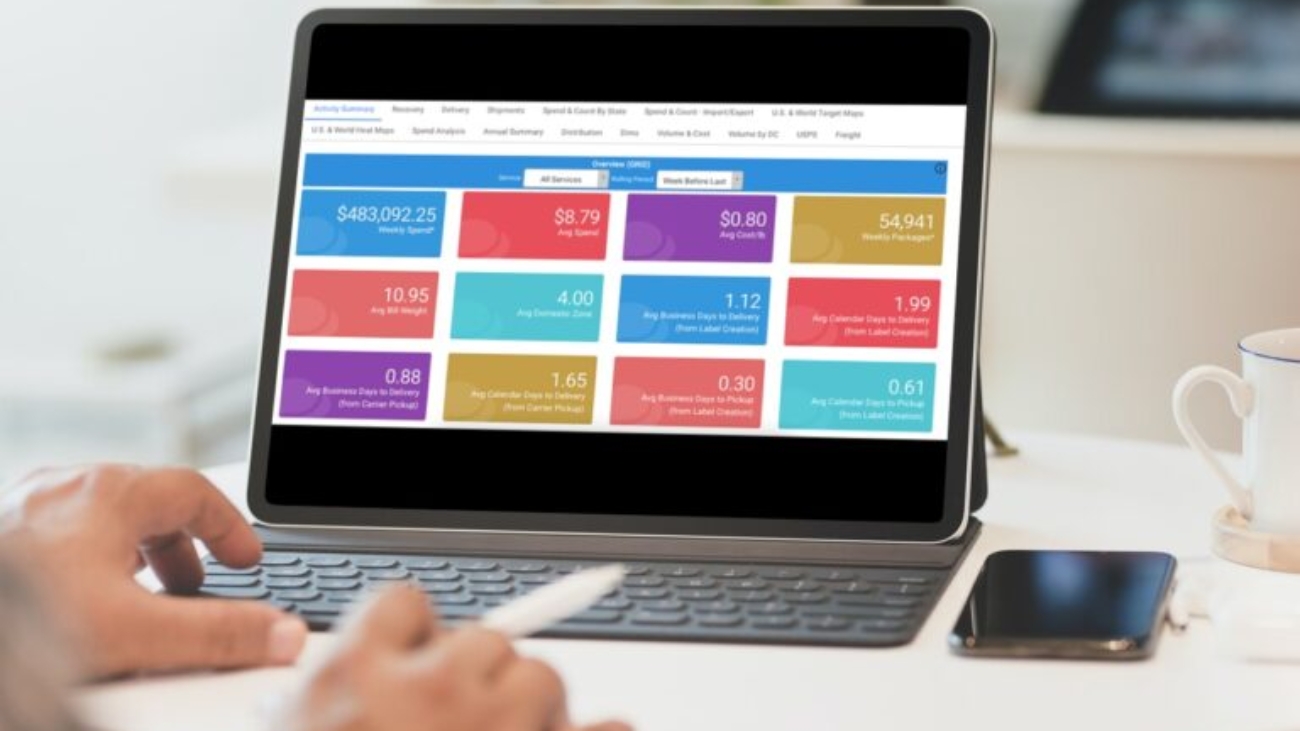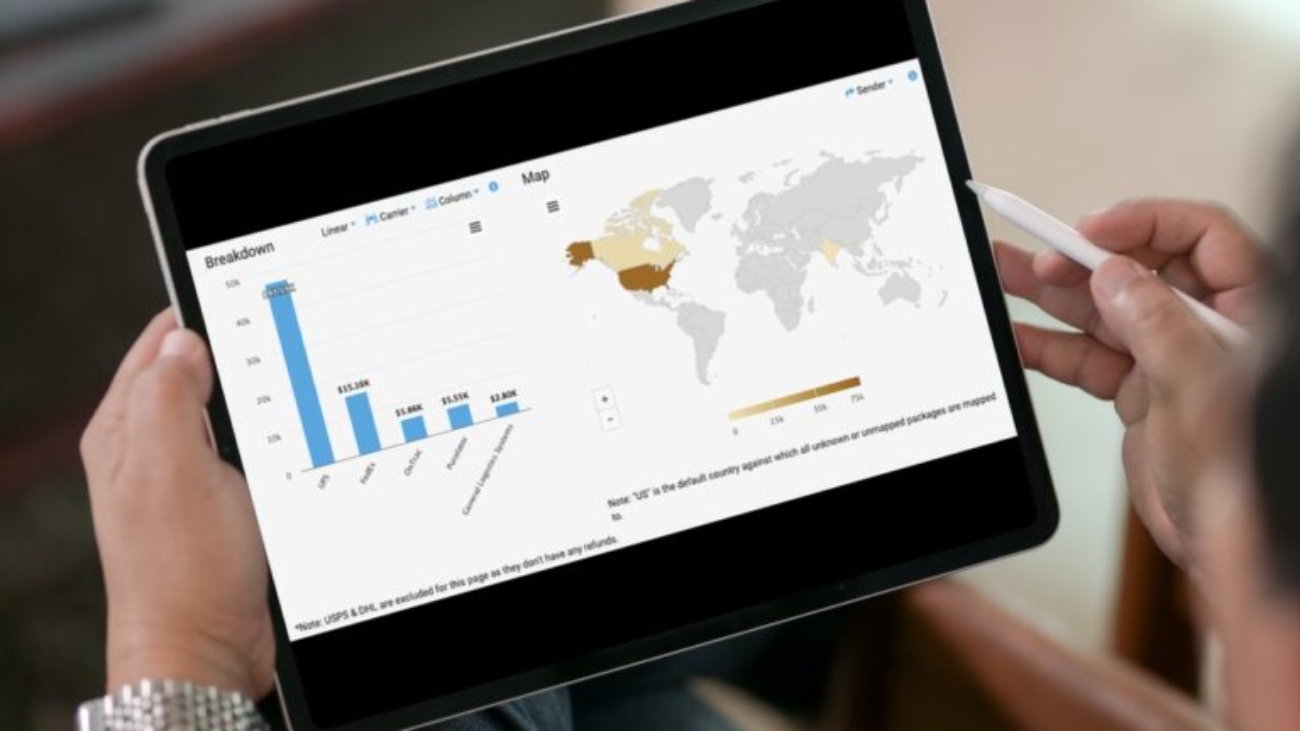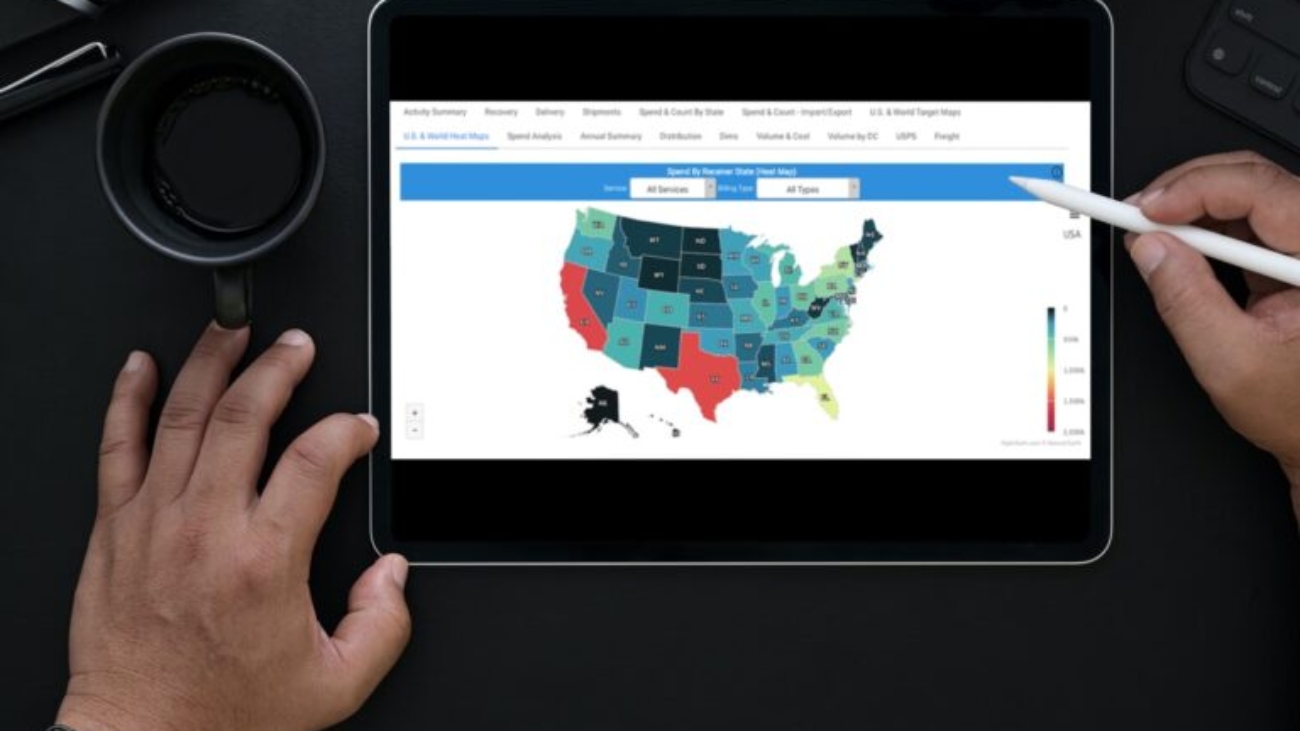The supply chain industry has faced many challenges in 2020 and 2021. This year appears to be difficult for small and mid-sized businesses. In addition to the pandemic resurgence in some countries, the Ukraine conflict has posed many challenges.
Shipping costs have risen as FedEx has hiked its peak surcharges for international parcel and freight shipments. Many areas of the shipping industry have also seen disruptions. This article will explore the shipping trends of 2022, focusing on small packages.
Shipping trends of 2022
Online buying has put tremendous pressure on the supply chain industry. E-commerce customers are expecting faster delivery and returns of items. Small and mid-sized businesses are looking for opportunities to mitigate late parcel deliveries. With this in mind, here are ten shipping trends of 2022 that will change the way we ship parcels.
- A rise in shipping costs
Parcel carriers have hiked annual general rate increases (GRI) and surcharges leading to a rise in the shipping costs. Unprecedented consumer demand for same-day delivery has led to increased shipping volumes. In addition, inflation is surging upward due to supply chain issues. Shippers need to evaluate the services they need to spend on to offset the rise in shipping costs. Further, businesses are advised not to change their parcel carriers or renegotiate their carrier contracts. It is because parcel carriers offer less attractive terms than their existing agreements.
- Congestion at warehouses, port terminals
Due to the pandemic restrictions in countries, the waiting time to load and unload goods has risen. As a result, there is congestion at warehouses and port terminals, causing shipment delays. There is a backlog that is hampering shipping operations. Opening new fulfillment centers or physical stores in heavily populated areas brings products closer to the public. It allows shippers to provide quick parcel shipping to their customers.
- Digitalization
The pandemic caused a shortage of professional workers such as logistic operators. Digitalization of shipping processes like warehouse operations is improving supply chain efficiency. Shippers can avoid several manual steps during order fulfillment by using shipping software solutions. Digital solutions are reducing shipping costs and enhancing shipping processes.
- Personalized delivery experience
Customer experience is essential for recurring shipping business engagement. It is necessary to provide a personalized delivery experience with reliable, on-time delivery of packages. Clear and transparent communication regarding delivery and tracking of parcels helps customers. Further, adopting new technology to limit package theft and enhance the delivery process are other factors to increase customer satisfaction.
- Sustainability
An increasing number of consumers are trying to reduce the carbon footprint of parcel deliveries. Re-cyclable biodegradable material is in use for packaging and shipping goods. Further, shippers use ground services to reduce overall transportation routes. Shipping businesses keep sustainability in mind by using eco-friendly boxes and mailers. Parcel carriers are using electric vehicles for shipping parcels to customers. Moreover, shipping carriers meet environmental, social, and governance (ESG) standards by using electric-powered delivery vehicles.
- Optimization of supply chain management
The “just-in-time” supply chain has become unpopular during the pandemic time. Shippers have shifted to holding a large buffer stock for any surges in demand and a decrease in the supply of goods. Shippers are examing their logistics and inventory data to optimize supply chain management. Inventory and e-commerce data help shippers optimize their shipping processes while reducing shipping costs.
- Last-mile innovation
Last-mile delivery of packages is an integral part of customer satisfaction for businesses. Shortage of drivers can cause a delay in last-mile deliveries of parcels. Innovation in the form of robotics, drone, and self-driven vehicles will prevent poor last-mile delivery experiences. Some shipping businesses are already using drones to drop off medicines. However, using a drone for parcel delivery is difficult for communities. They require special permission to receive such deliveries. Big Data, Artificial Intelligence, and Machine Learning have the potential to make logistic processes more simple.
- Reverse logistics
A drawback to the increase in online shipping is the rise in returned packages. Shipping businesses have to pay for the returns processing fee with the increased shipping rates of parcel carriers. It eats into the profit margins of shipping companies. As a result, some big businesses offer refunds and keep the product in the customer’s hands. Alternatively, some shipping companies are mitigating returns costs with a multi-carrier strategy. Therefore, shippers use artificial intelligence to calculate whether it is economical to process a return.
- Local pop-up e-commerce distribution centers
Shipping companies respond to local shipping demands by operating local pop-up distribution centers. Shipping parcels from long distances costs more. Lessening the delivery time by renting out warehouses allows customers to receive orders sooner. Expect gig economy carriers to rise in 2022. Shippers are planning to use the services of gig economy carriers to deliver packages within a few hours to customers.
Partnering with parcel shipping audit company
2022 will be a challenging year for shipping businesses. But, partnering with the right parcel shipping audit company can save money for businesses. In addition to negotiating the best shipping rates, Audintel helps businesses receive discounts for services from parcel carriers. Audintel helps shippers analyze their shipping data for inaccuracies, accessorial charges, refunds, etc.
Finally, the Shipping industry has to change with the times. What was popular two years back is not feasible now. Shippers have to make critical decisions and adapt to the ever-changing consumer demands. Data-driven innovation will have an impact on package deliveries in 2022. Partnering with Audintel will be beneficial for shipping businesses. You can reach us for further discussions or you can call us at +1 (619) 354 8539. Further, you can also learn about our services on Audintel website.



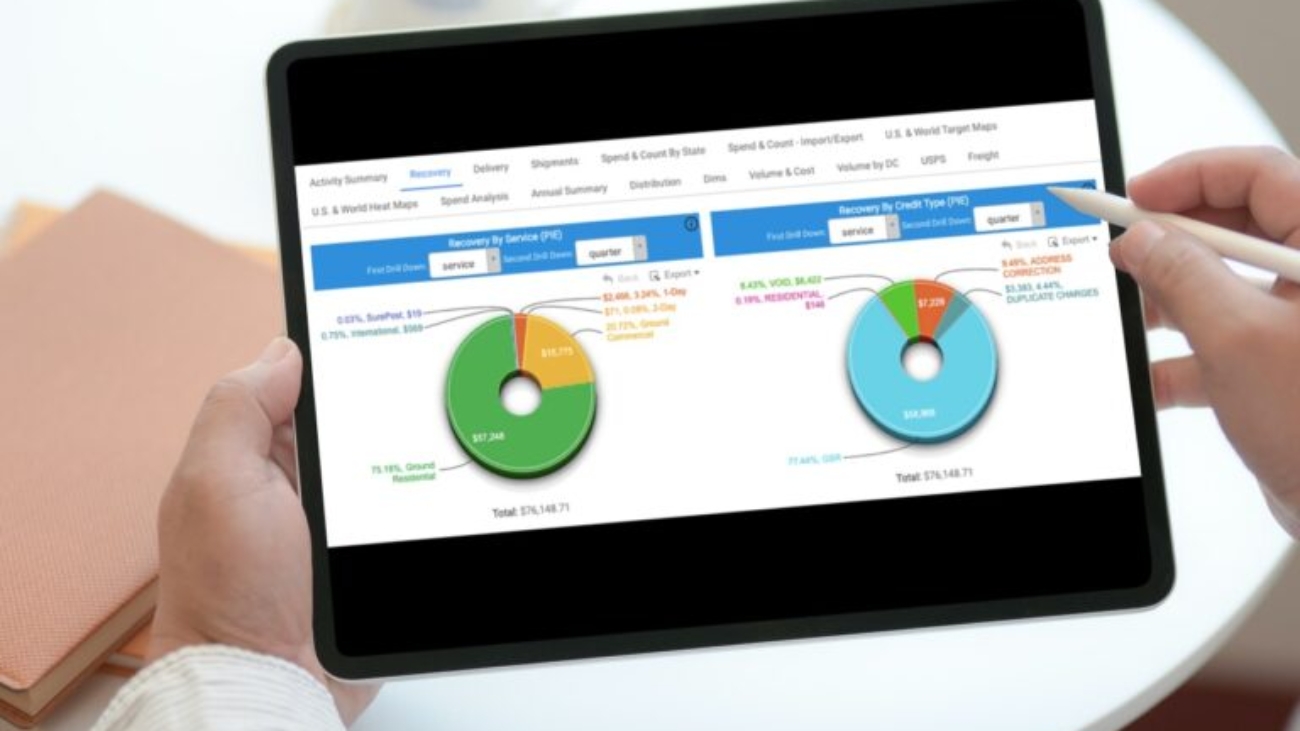


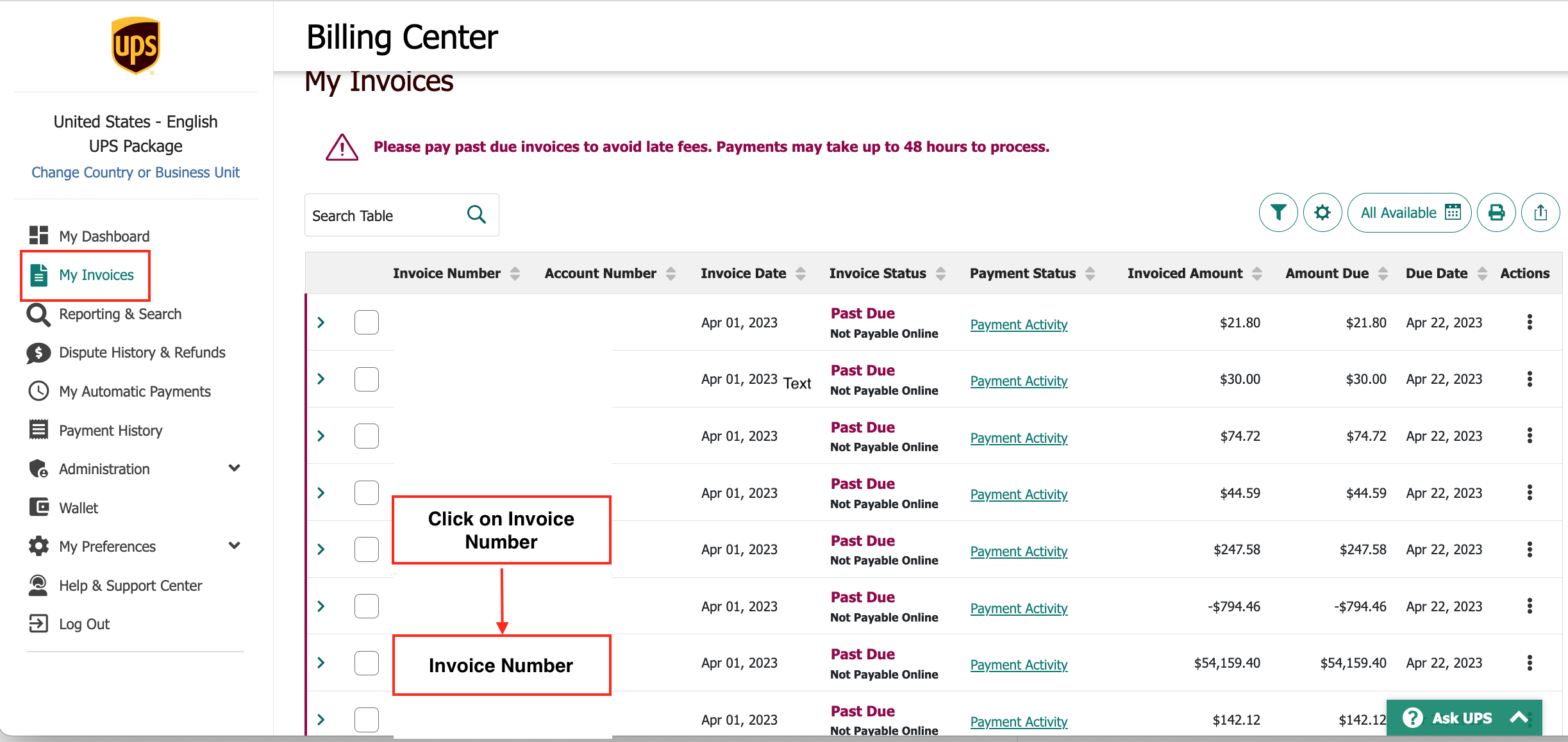
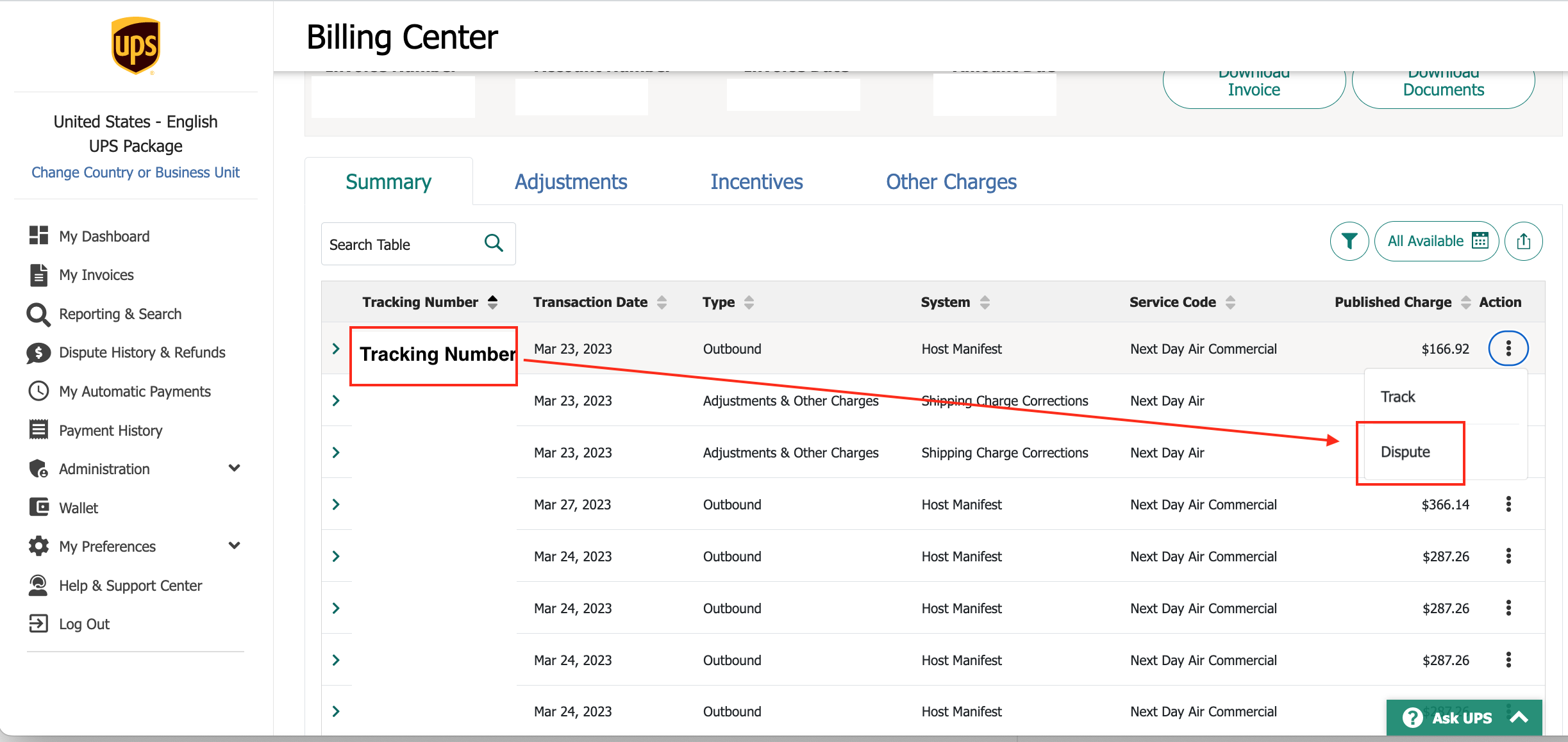
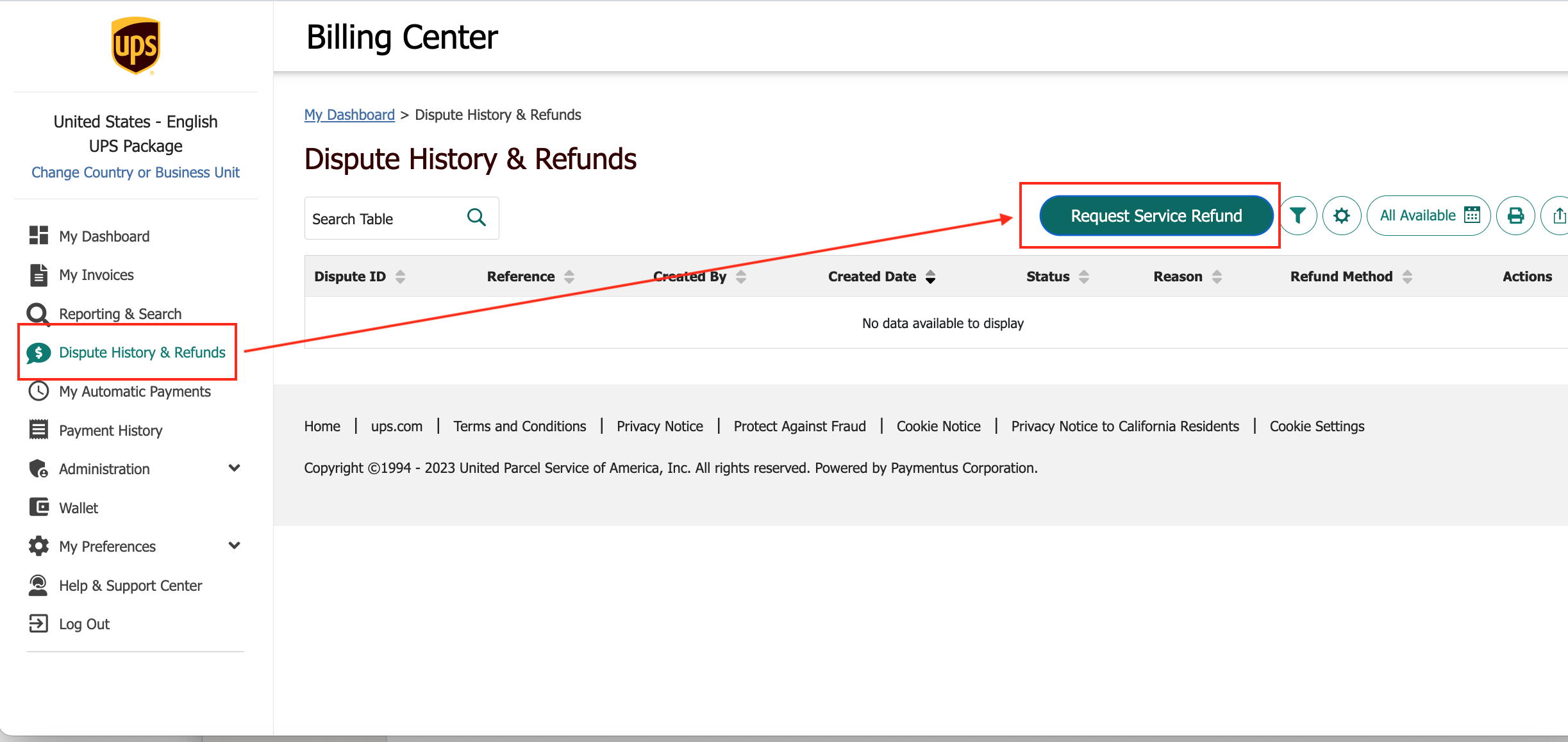
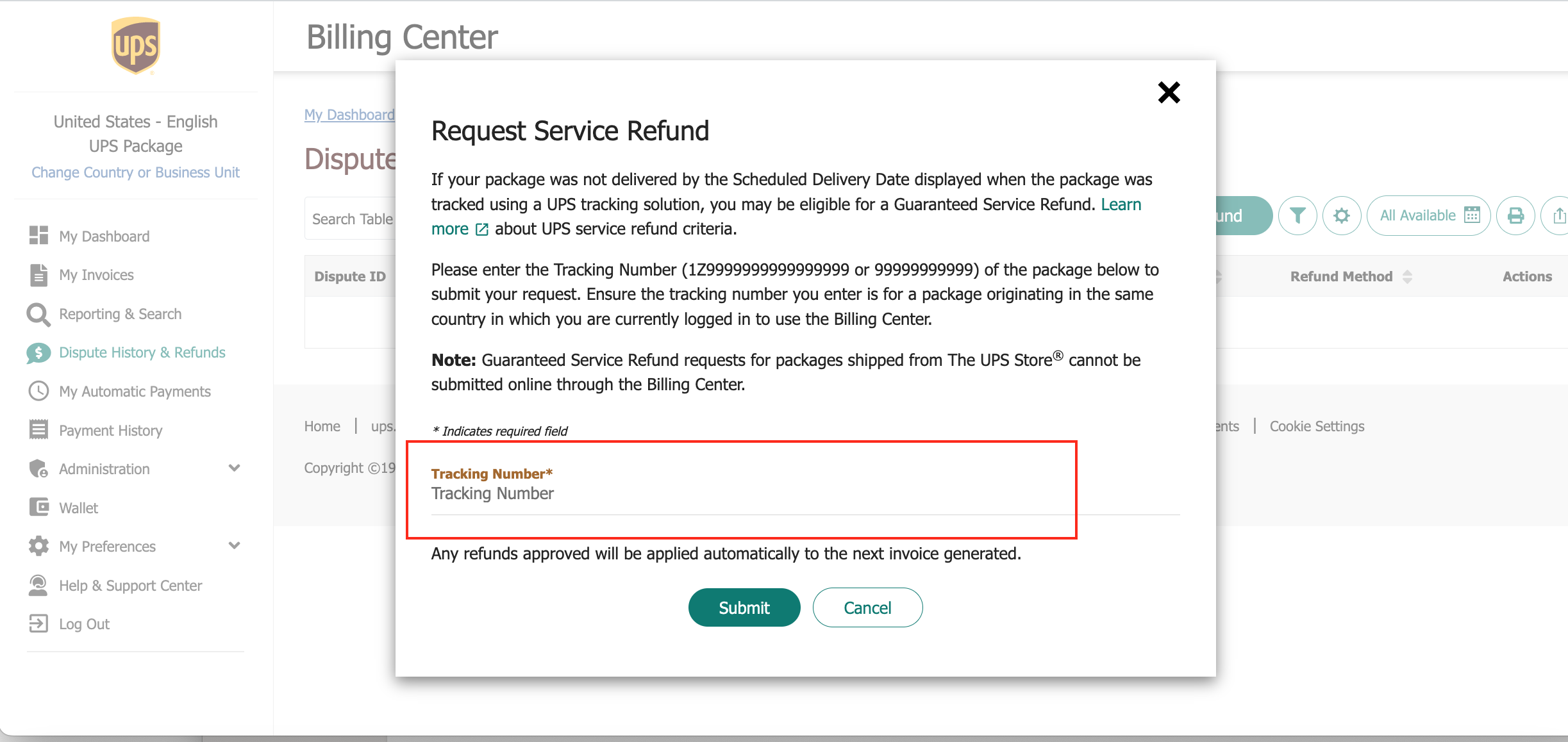 The UPS Billing Center is accessible to shippers having an account with UPS. The request will be within fifteen days of the originally scheduled delivery date.
The UPS Billing Center is accessible to shippers having an account with UPS. The request will be within fifteen days of the originally scheduled delivery date.

